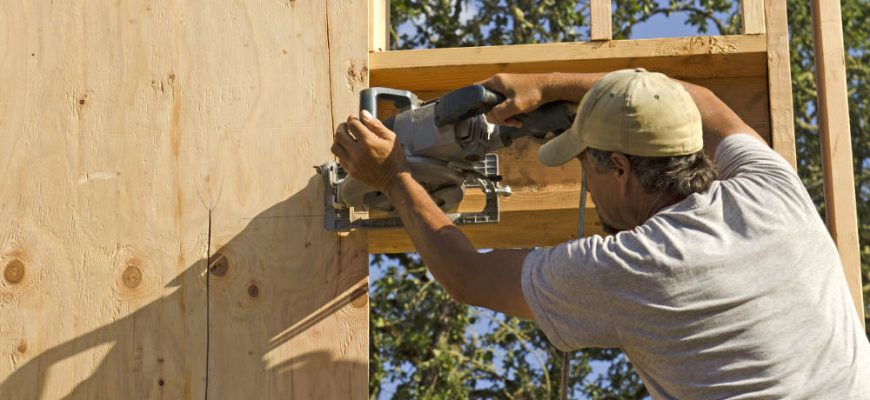
Remodeling and renovating an older building is a great way of preserving history while creating usable space built to the modern standards of safety and convenience. Older buildings also often contain interesting and attractive reusable materials like doors, windows, fixtures, and even lumber, but many older buildings also contain a variety of hazardous materials.
Common Hazardous Materials in Older Buildings
Buildings that were constructed before 1978 commonly used several materials which are now considered hazardous and which are now banned from use in the construction trades. The most common of these materials are asbestos and lead.
Lead was frequently added to paints until the late 1970s because it made the paint last longer, look fresher, and it made the paint moisture resistant. However, dust and peeling flakes of lead paint can be ingested by children leading to neurological and other disorders, and the unquestionable health problems created by lead paint finally resulted in lead being banned as a paint additive in the U.S. by 1978.
While most buildings have received new paint since then, there are still many older buildings with layers of lead paint hidden underneath newer coats of paint. This buried lead paint becomes a hazard during remodeling when walls are removed or opened-up when doors and cabinets are stripped of old paint for refinishing, and during other construction activity.
Removing Hazardous Building Materials
Identifying asbestos, lead, dangerous molds, and other hazardous materials in buildings are not always easy. Special training, equipment, and tests are often needed to determine if these substances are present. Removing them also requires special permits, notifications, and disposal procedures.

